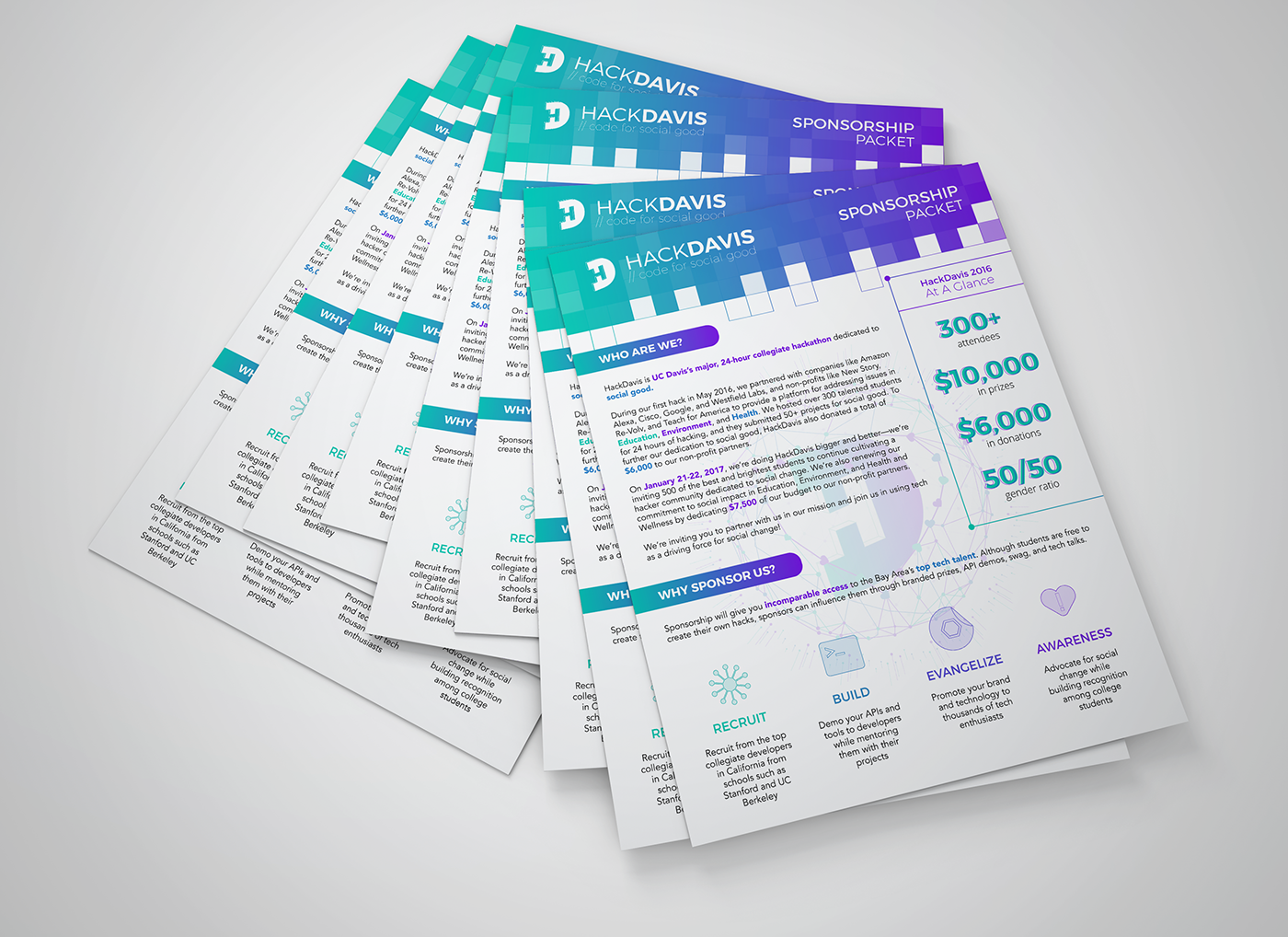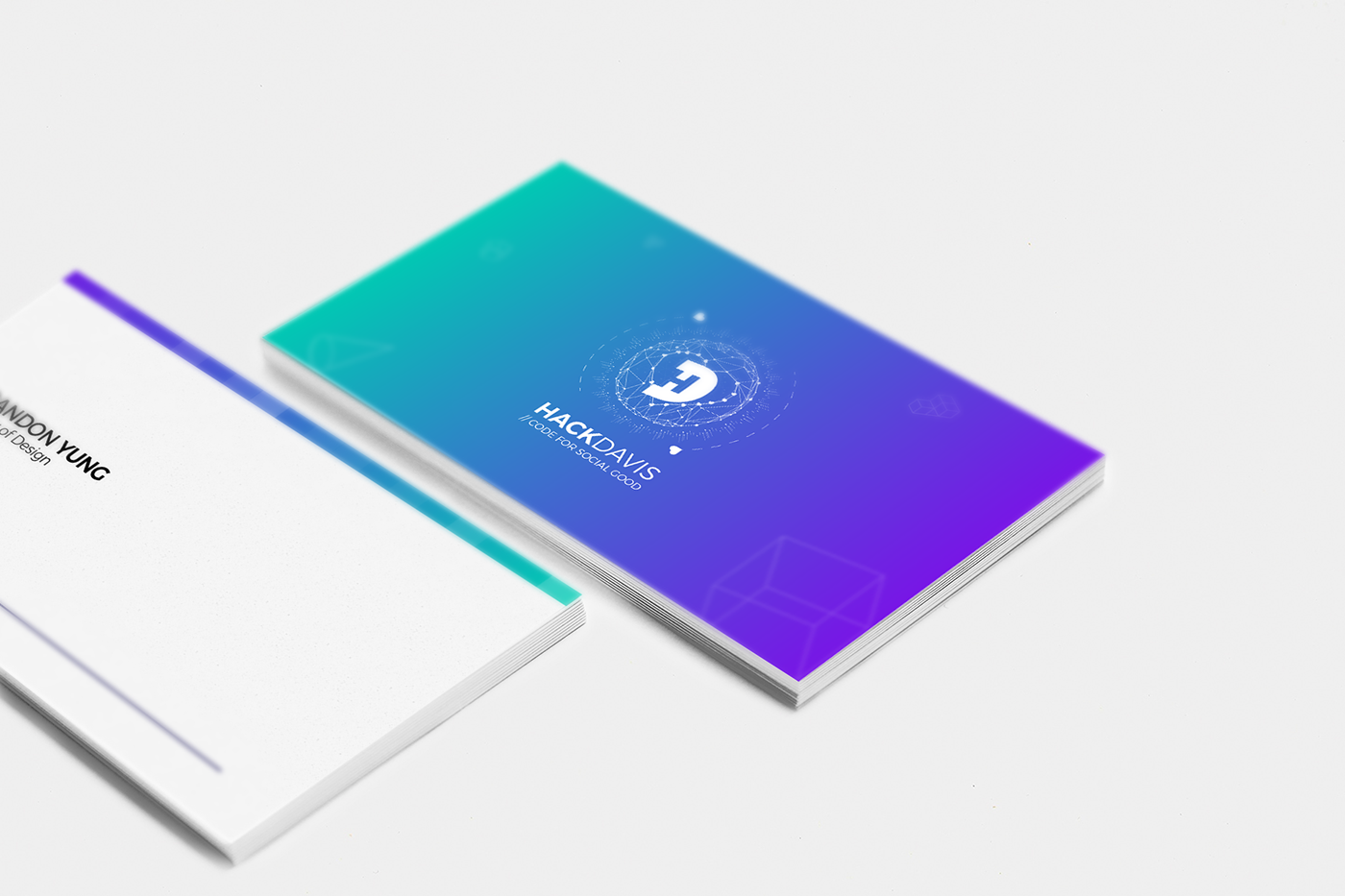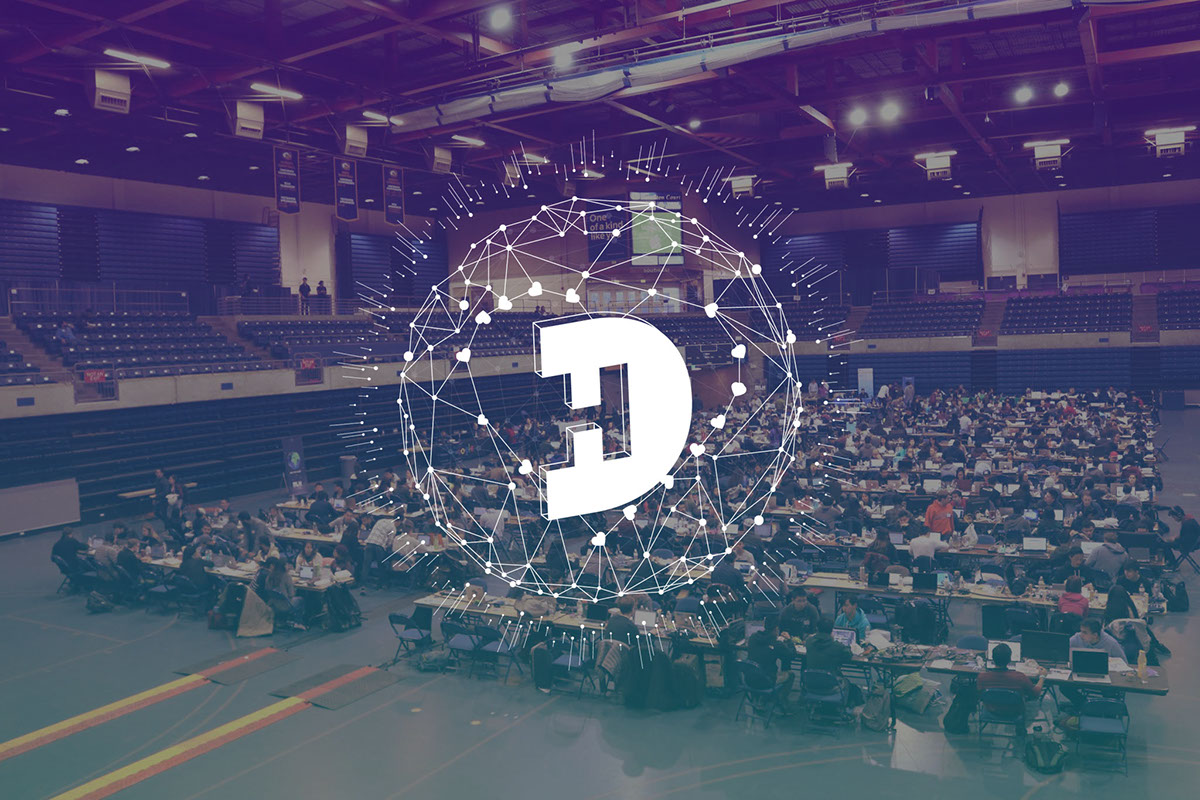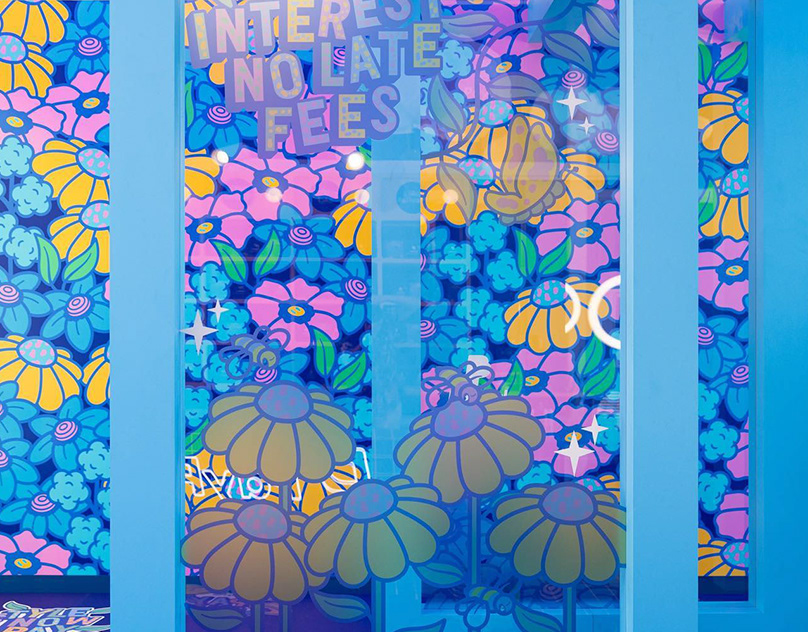

HackDavis 2017, the second major collegiate hackathon hosted at UC Davis.
Time Period: Fall 2016
Skills Utilized: Branding, Graphic Design, Web Design, Editorial Layout, Logo Design
$60,000 raised
550+ student attendees
Companies Attended: Servicenow, IBM, Google, Facebook, Amazon Alexa, Esri, and more.
During our first hack in May 2016, we partnered with companies like Amazon Alexa, Cisco, Google, and Westfield Labs, and non-profits like New Story, Re-Volv, and Teach for America to provide a platform for addressing issues in Education, Environment, and Health. We hosted over 300 talented students for 24 hours of hacking, and they submitted 50+ projects for social good. To further our dedication to social good, HackDavis also donated a total of $6,000 to our non-profit partners.
On January 21-22, 2017, we’re doing HackDavis bigger and better—we’re inviting 500 of the best and brightest students to continue cultivating a hacker community dedicated to social change. We’re also renewing our commitment to social impact in Education, Environment, and Health and Wellness by dedicating $7,500 of our budget to our non-profit partners.
We’re inviting you to partner with us in our mission and join us in using tech as a driving force for social change!
Logo Iterations
For HackDavis 2017, I wanted to "build" on top of the last logo from the year before. 2016's design was simple, flat design with many suitable applications. It utilized a blue-green gradient that was easy on the eyes. Last year's logo combined the aspects of networking and social good into it to go along with the theme "Coding for Social Good." For 2017, I wanted to go further. Instead of the now-modern flat design, I wanted to push the limits and expand the design to be 3-D. While last year's design resembled a circle, this year it would resemble a sphere of connections and limitless possibilities. My inspiration came from the "Expanding Mini Sphere Toy," the toy that children can throw around, minimize and expand, just like an idea. And at the core? HackDavis itself.
The wordmark had to resemble the theme. What better way to do this than to build the letters myself? I ultimately wanted to combine the letters H and D together, but the negative space never worked out to be very pleasing. They came out as awkward gaps between blocks and walls, none of which made sense. Adjusting the size of the gaps inside came out to be futile.
Instead, I went the reverse-direction. I focused on solely the negative space rather than the positive.






And to finish it off, I converted it into a 3-D shape, ultimately outlining the blocks to emphasize the geometry of the logo and to avoid the 'corporate' look that the 2-D version gave off.


Website Evolution
Everyone knows the face of a hackathon is its website. That is why it was my utmost priority to come up with a feeling of 'immersion' in the website, especially the hero section. The pre-landing site was merely a test, but it came out to be too busy, to say the least. I was quick to move on from it.


I immediately moved onto the landing page, the version of the website after HackDavis was announced.
The landing page needed to be more true to the overall theme of HackDavis 2017. What this entails is essentially the core of what we believe in for this year - to build something great using the imagination stemming from our very childhoods... Building blocks.



Sponsorship Packet
For those who don't know, Hackathons of all shapes and sizes require some kind of sponsorship money. This money will fund the event (electricity, food, transportation, etc.) as well as the prizes (if any) given to the winners in each of the categories. With some universities not granting the venue to this student-led hackathon, a lot of money will need to be raised, and that entails a lot of outreach to tech companies and negotiating. The sponsorship packet is meant to bridge that gap by providing HackDavis' main selling points - why sponsoring HackDavis will benefit the company, and vice versa - so that deals and negotiations can be streamlined to the maximum.
Goals: clean design, professionalism, no wasted space, efficiency, clarity









T-Shirts
As part of the whole user experience, t-shirts are one of the main physical take-aways that HackDavis attendees will walk away with. These essentially bring in a lot of potential attendees as college students practically live off of free gear. The shirt must speak tech, social good, and yet must retain that 'cool' factor that people would still want to sport in public. At the same time, the shirt had to be cost-efficient (1 or 2 colors), clean, and somehow say "HackDavis."
Ultimately, we decided on design #6 (bottom left) for the general admission, while the core team (organizers) will sport the "Hacking is Bae" shirt for ourselves.













Overall, HackDavis will always be in my heart as my first-ever hackathon event. I will never forget the hard work and dedication that my team put into this event! I'm very proud of the work that we put in all Fall quarter and during that jam-packed weekend for the event. I will never look at hackathons the same after organizing HackDavis!
Thank you for reading!







